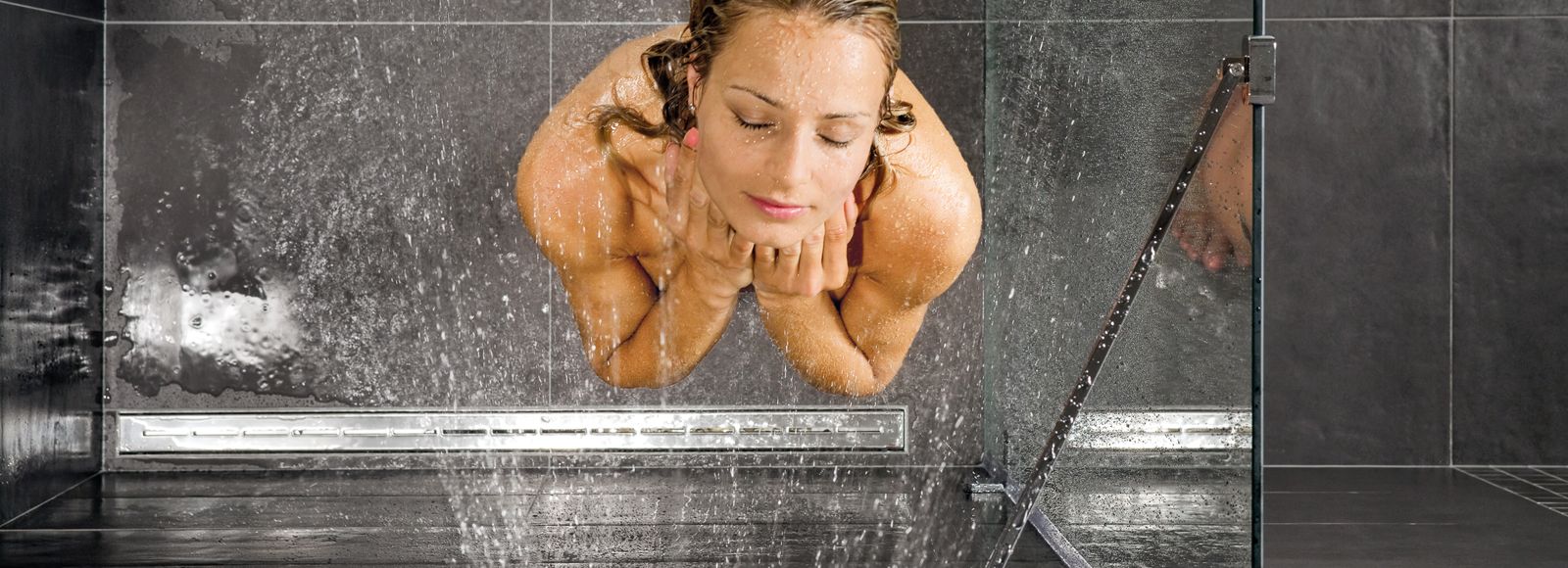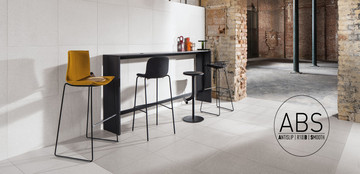Bathrooms are one of the rooms loaded with shor-term but repeated wetness.
Bathrooms are one of the rooms loaded with shor-term but repeated wetness, that penetrates into the constructions and creates an ideal environment for unwanted microorganisms. It is necessary to prevent water penetrating into the undercoat, ideally using a combination of proper technological procedures and an appropriate material composition right during the tiling process. The traditional brand RAKO offers both ceramic wall and floor tiles and suitable construction materials RAKO SYSTEM in its assortment.
The undercoat must be firm, seasoned, free from dirt and unevenness. For flattening of walls and floors before laying of the ceramic wall and floor tiles, it is possible to use filler levelling material RAKO LE 21. It applies in the thickenss of 1 – 15 mm in one step. For a local reparation of damaged concrete constructions, quick-setting corrective material RAKO MO 35 QUICK is suitable.
How to proceed during the mounting:
-
Penetration of the undercoat
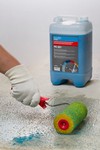
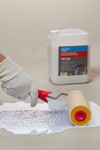 We penetrace the tiling, or in case of the undercoat with the current tiling, we apply the so called contact coating. Penetrate the absorptive undercoats with deeper hardening needed with the undiluted deep penetration RAKO PE 201. In case of highly absorptive materials, use the RAKO PE 202. Dilute the penetration coating acording to the instructions, approximately in the ratio of 1 : 3-5. Consumption ca 0,15-0,25 l/m2.
We penetrace the tiling, or in case of the undercoat with the current tiling, we apply the so called contact coating. Penetrate the absorptive undercoats with deeper hardening needed with the undiluted deep penetration RAKO PE 201. In case of highly absorptive materials, use the RAKO PE 202. Dilute the penetration coating acording to the instructions, approximately in the ratio of 1 : 3-5. Consumption ca 0,15-0,25 l/m2.
-
Insulation
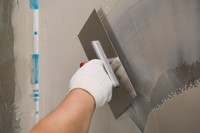

Insulate the penetrated surfaces with a one-component coating RAKO SE 1 in two layers. The intervals between the layers should be 4 to 6 hours. This hydroinsulation is designed for interiors. When dry, it creates square insulation of the short-term wetness loaded rooms. The hydroinsulation RAKO SE 1 is also suitable for heated floors. We apply the hydroinsulation with a roller or trowel.
Apply the hydroinsulation on places with a direct water load, i.e. shower enclosure to the height of 2 m (floor and walls), surroundings of the shower enclosure, the space behind the bath tub, or the floor. Safety insulation of the bathroom floor pays in case of an akcident or e.g. bath tub overflow.
-
Applying the sealing tape
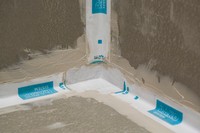 For spanning the transition, dilatation and strenghtening the inner corners, we insert the sealing strip RAKO SE 5 with the minimal width 80 mm into the insulation (incl. the corners). The strip sticks perfectly and fitted into the hydroinsulation RAKO SE 1.
For spanning the transition, dilatation and strenghtening the inner corners, we insert the sealing strip RAKO SE 5 with the minimal width 80 mm into the insulation (incl. the corners). The strip sticks perfectly and fitted into the hydroinsulation RAKO SE 1.
-
Mounting the ceramic wall and floor tiles onto the insulation layer
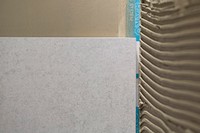
For wall and floor tiling in bathrooms, the so called modified adhesives are used. Choose one according to the particular use, that is suitable for bathrooms for sticking the insulation onto the drywall or sintered materials. For standard formats of ceramic wall and floor tiles, it is possible to use cement glue RAKO AD 510 PLUS class C1TE. For smaller formats and mosaics use white cement glue RAKO AD 509 PLUS (also class C1TE). For large formats, it is necessary to choose adhesives of the category C2TE with higher retention e.g. RAKO AD 550 or AD 530. The consumption of adhesives is approximately 2 to 4 kg/m2.
-
Jointing of the wall and the floor
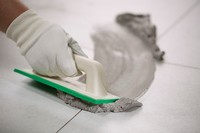
For jointing, we use water resistant jointing materials, e.g. flexible material RAKO GF BIO, or GF DRY, both from the category CG2WA. When using these jointing materials, the water resistance is increased due to the use of special additives. The composition of the jointing material GF BIO in addition suppresses the creation of efflorescences and secures the resistence against mildew and bacterias. This increases the hygiene of the surface significantly. The consumption of the jointing material is approximately 0,3 – 0,8 kg/m2 accordion to the format of the tiling elements.
-
Sealing the flexible joints
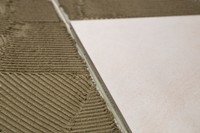
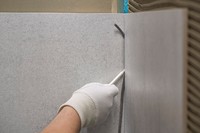
Flexible joints in dilatations and in the corners fill in with a separation cord RAKO PES and a flexible sealing material RAKO SI for enabling dilatation movement in the joint. The color scale of the sealing material RAKO SI covers all the color varieties of the GF DRY and GF BIO materials. Using the separation cord prevents an unwanted adhesion of the sealing to the bottom of the joint and it sets the accurate shape of the silicone filling. The capacity of one cartridge of sealing RAKO SI 310 ml is about 6-12 cm according to the size of the joint.
-
Cleaning
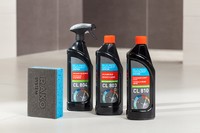
For removing the cement coating use the cleaning agent RAKO CL 802. An agent from the RAKO SYSTEM range for thorough cleaning of wall and floor tiles can easily handle not only the the residual cement but also the magnesium and mineral sediments. After the thorough cleaning of the surface, we recommend to impregnate the whole area with the RAKO CL 809. For an ordinary maintenance, use the high-shine cleaning agent RAKO CL 804 and RAKO C 803 for floors.
The impregnation RAKO CL 809 prevents from pollution, but does not decrease the the anti-slip.

RAKO CL 809 is a special impregnation from a complete range of cleaning agents RAKO SYSTEM for wall and floor tiles. It is designed for impregnation of non-porous materials and creates a protective layer on top of them, that prevents penetration of water and oils and it reduces deposition of pollution. Thank to RAKO CL 809, the surface cleans better, looks better for a longer period of time and it is easier to get rid of graffiti. The use of the impregnation does not lower the anti-slip of the pavement. RAKO CL 809 is suitable for impregnation of ceramic polished pavement, but also for work boards, kitchen units, table boards, aprons etc. Before the impregnation, the surface must be freed from all dirt!
Tip:
Avoid using anhydrite floors in bathrooms. If you still choose them, you must insulate them well against water. Before the insulation, it is necessary to abide the given residual wetness 0,3 to 0,5%. With higher wetness load, the floor surface, e.g. shower enclosure, must be tiled in a 2% slope.








